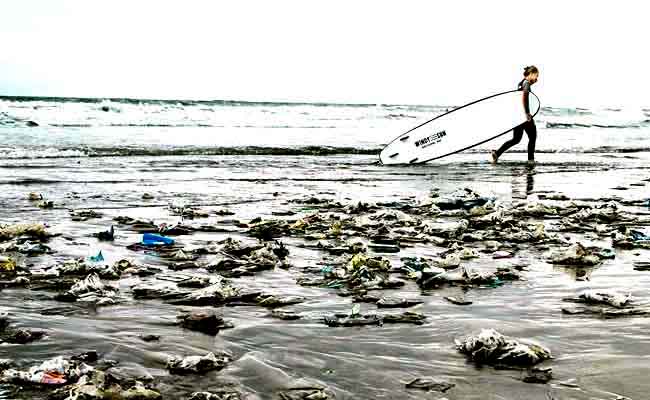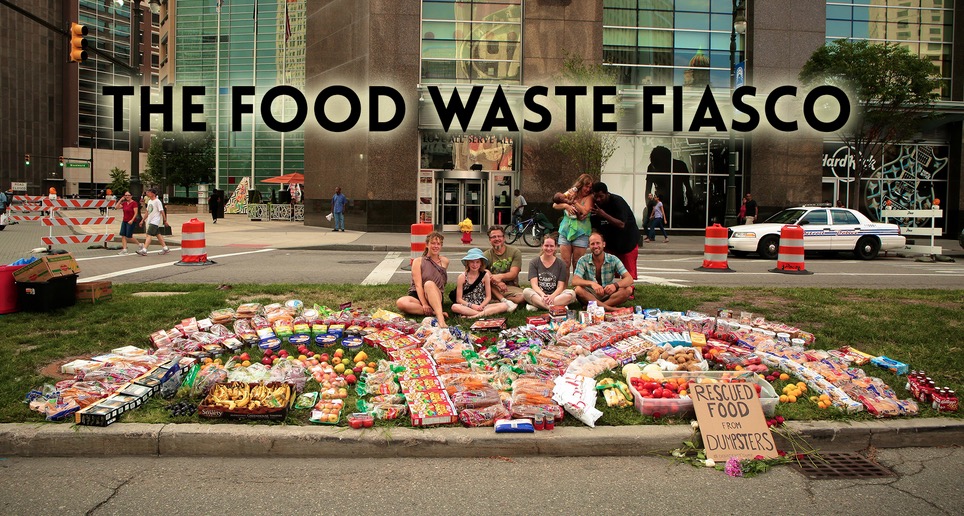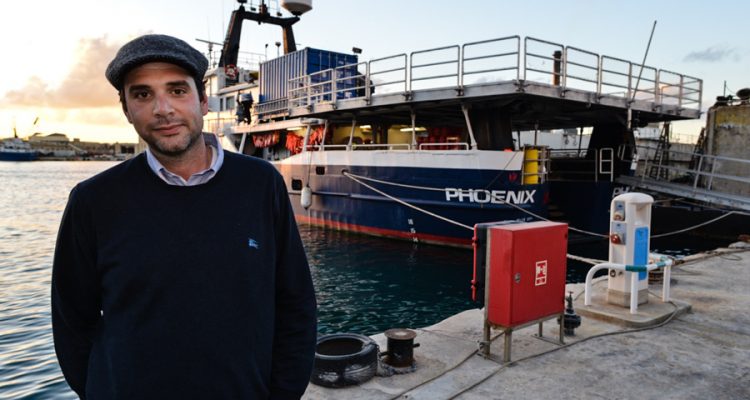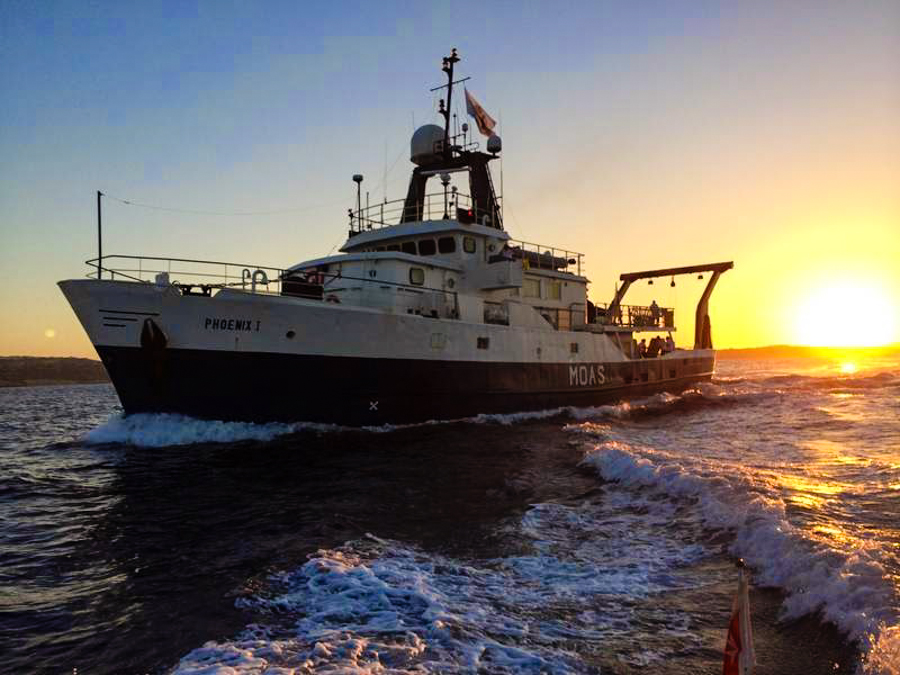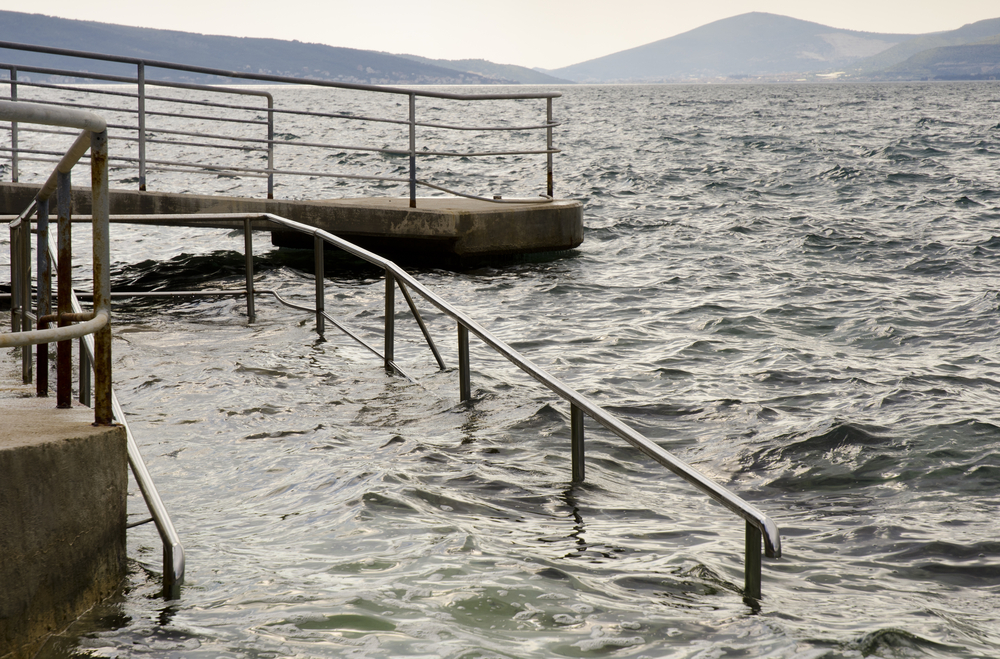As convoluted and confusing as legislation can sometimes be, there does exist the odd case where it actually works in the people’s favor.
Take, for instance, what is currently happening in a Supreme Court case involving a former weed banker named Owen Edward Smith. Smith was called to Canada’s Supreme Court because the Crown wants to appeal his acquittal and convict him of being a drug dealer.
Back in 2009, Smith was one of the leading cannabis bakers for the Cannabis Buyer’s Club of Canada (now operating under the name Victoria Cannabis Buyers Club), an organization that sold edibles and oils to medical marijuana users. Unfortunately, Smith was eventually charged because it was later revealed that only 5-10 percent of his clients were actually licensed medical marijuana users, obviously a big no-no under Canadian law.
But a tricky clause under 55(1) of the CDSA could be Smith’s mighty saviour. The clause allows for specific exemptions for pot possession. Furthering this exemption is a foggy regulatory scheme – called the Marihuana for Medical Purposes Regulations -which allows people with illnesses to legally access pot, reports VICE Canada.
This means that if a lawyer can successfully argue that a ban on marijuana derivatives, such as edibles like pot brownies, violates medical users’ constitutional rights, it could completely shift Canadian marijuana laws.
” Depending on the ruling in the first medical marijuana case to hit the Supreme Court, medical users and recreational consumers might one day be able to walk in to stores and buy medicinal pot products straight off the shelf, similar to plants like Echinacea or St. John’s Wort,” wrote Sam Cooley of VICE.
But the clause that Smith’s lawyer, Kirk Tousaw, is capitalizing on has a sticky requirement, that is, a medical marijuana patient can only have dried bud on them.
Tousaw argued that the exemption is arbitrary and opens up medical users to the heavy hand of the law if patients want to cook weed into a brownie rather than smoke a joint. This grey areas makes it too easy for medical marijuana users to get into trouble under Canadian law, says Tousaw.
But Crown prosecutor, Paul Riley, argued that medical users claiming a non-existent exemption for extracts are just choosing an illegal form of medical marijuana over legally-available prescription drugs derived from pot, such as Marinol or Sativex. He also pointed to the option for patients to vaporize weed instead of turning it into something else.
Tousaw sees this case as an effective opportunity to expose the ambiguity of current marijuana legislation.
” At some point the endless cycle of litigation on this issue needs to cease,” Tousaw told the high court, saying the issue has been ambiguous for at least 15 years.
Surprisingly, Tousaw told VICE he felt that the court was receptive to his arguments.
” You don’t want to read too much into the tenor of the [judges’] questioning,” he said. ” But the Crown got the rougher end. We were in the happier position, because the other side has to convince to the court that the other [lower judges] got it wrong. It’s nice to be on that side of the fence. “
VICE asked about Tousaw’s proposition to the court to remove medical marijuana from the CDSA , which would automatically make medical marijuana – in all of its numerous forms – part of Canada’s Food and Drugs Act.
This would see it immediately classified as a ” Natural Health Product.”
Justice Thomas Cromwell put the implications of Tousaw’s bold request into context:
” You want us to dismantle the regime, ” he told Tousaw.
Tousaw described what his remedy would look like:
” The real change would be the consumer end. Consumers and patients can grow and possess without fear of criminal sanction. It takes patients out of the justice system and leaves commercial (buyers) and sellers highly regulated,” he said.
Of course, you’d still need a doctor to perform the role of gatekeeper in order for patients to obtain weed. However, Tousaw said that even physicians can create arbitrary rules for accessing medical pot, and added there is a legal precedent for the state to want to control or prohibit recreational marijuana.
He referenced a new policy being adopted by the BC College of Physicians that could see an age minimum of 25 placed on prescribing medical pot to ill patients, some of whom have neuropathic pain from ailments like cancer.
” Maybe doctors shouldn’t be the gatekeepers, maybe we need to make it naturopathic doctors; people who are familiar with herbs that understand the actual science and risk profiles,” he said.
We want to hear your thoughts about this new proposal. Do you think that marijuana should be classified as an over the counter “Natural Health Product” to become more easily accessible to those in need? Share with us in the comment section below!
Take The 30 Days of YOU Challenge!
Take the free 30 Days of You Challenge and discover more about your heart, mind and soul.
There are powerful benefits associated with taking time to relax, meditate, do something you love, journal, reflect or get started on a new hobby, but that means dedicating YOU time for it.
This challenge will help you set out on a journey to getting powerful habits started that can transform your life.
Join the free challenge and get the full guidelines on how to do it as well as support throughout the challenge.



